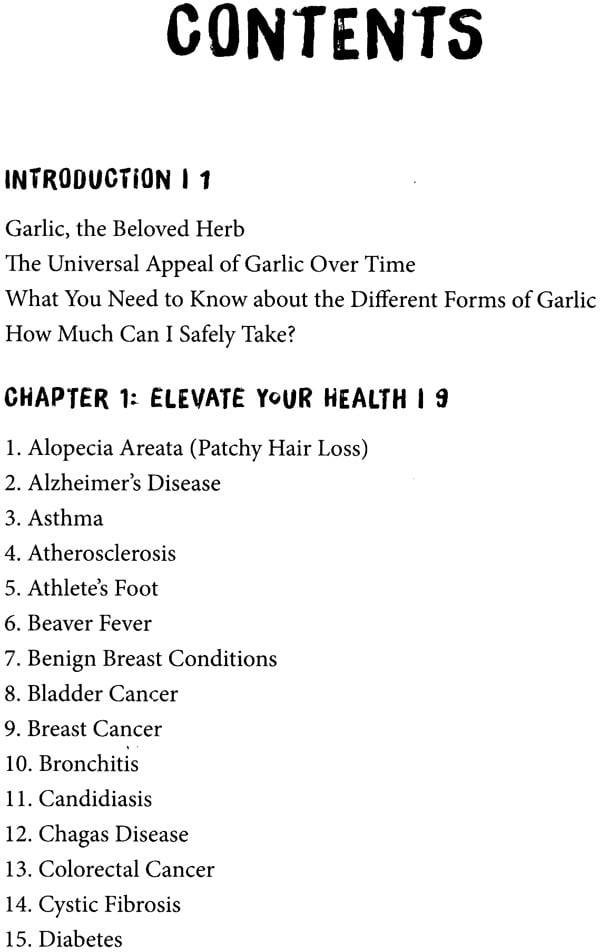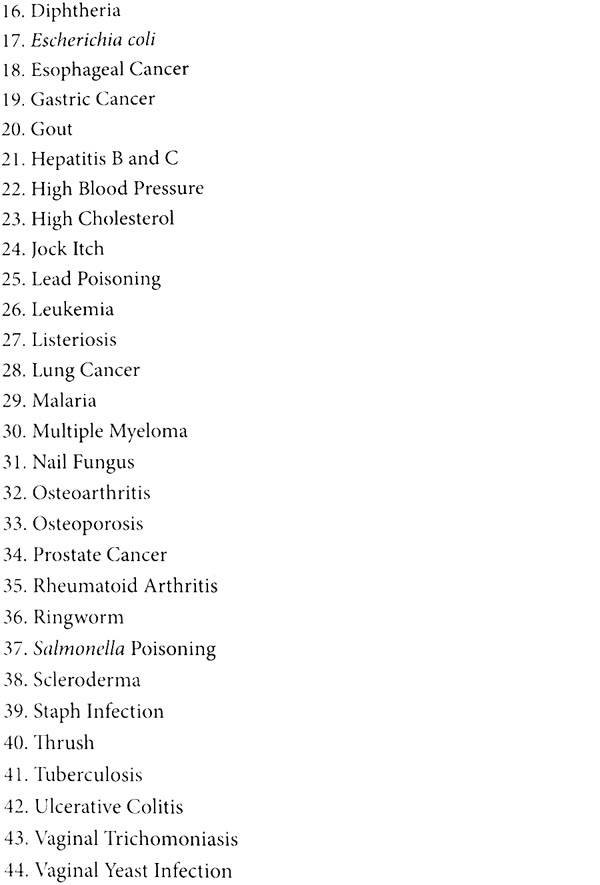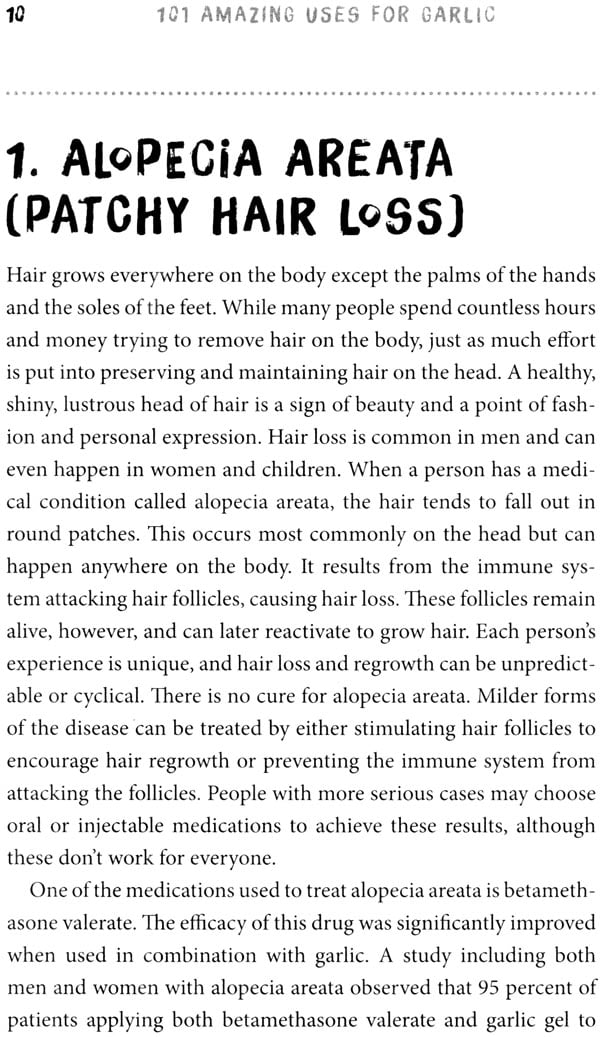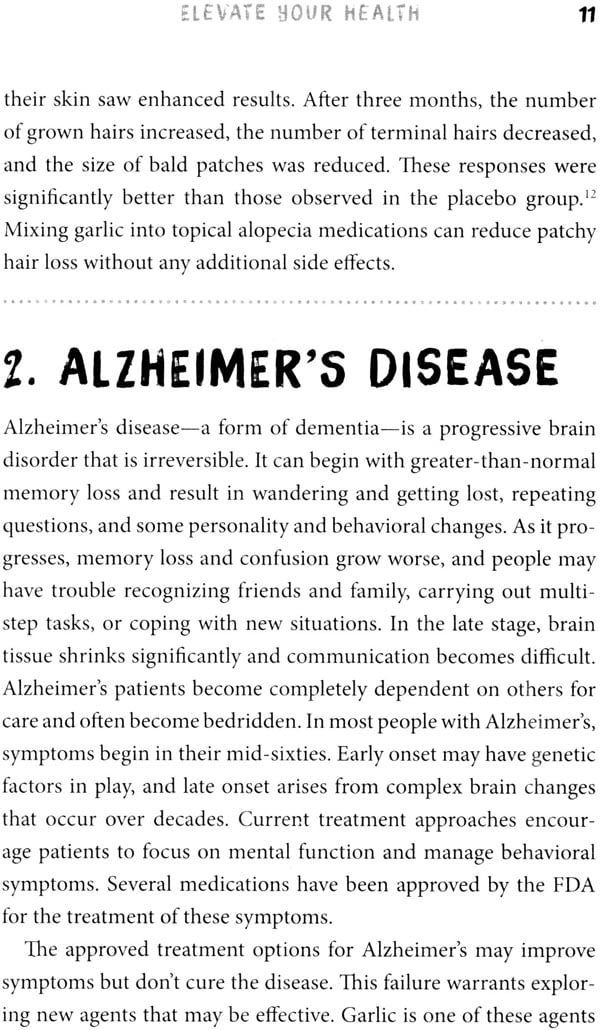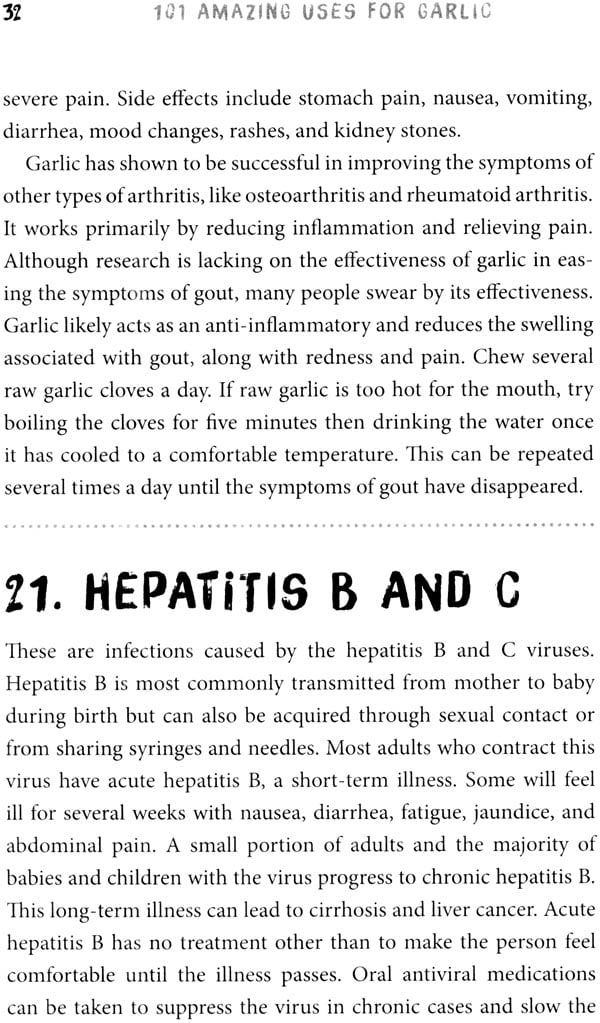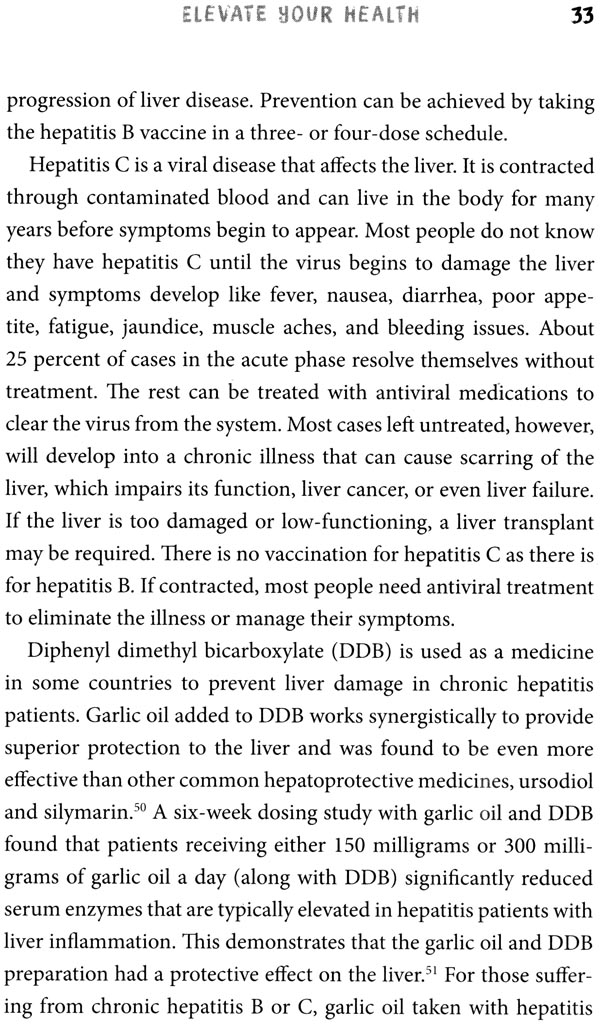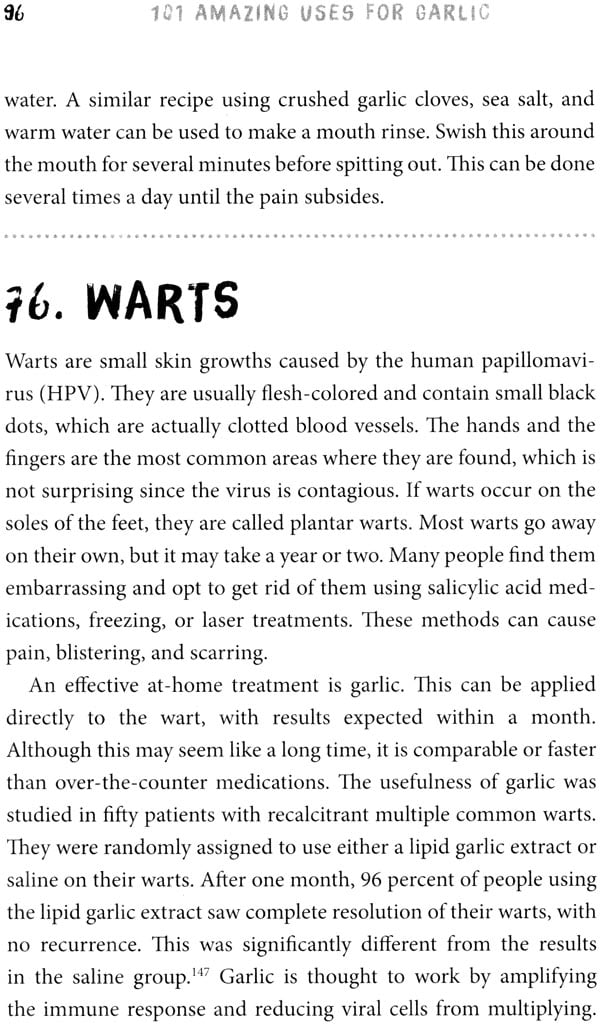
101 Amazing Uses for Garlic (Prevent Colds, Ease Seasickness, Repair Glass, and 98 More!)
Book Specification
| Item Code: | NAQ935 |
| Author: | Susan Branson |
| Publisher: | Familius Publishing |
| Language: | English |
| Edition: | 2018 |
| ISBN: | 9781641700986 |
| Pages: | 159 |
| Cover: | PAPERBACK |
| Other Details | 8.50 X 6.00 inch |
| Weight | 170 gm |
Book Description
It turns out that garlic does more than keep away vampires! Garlic is a natural anti-inflammatory, antibiotic, antifungal, and anti-parasitic agent with benefits ranging from slowing collagen depletion and battling cancer cells to preventing hair loss and providing relief for a cold. Backed by the latest research, holistic nutritional consultant Susan Branson provides 101 useful and unexpected reasons to add garlic to your diet and daily life.
Garlic, The Beloved herb
Garlic is an herb closely related to onions, chives, leeks, and shallots. It grows underground as a bulb and is covered in papery skin; the bulb is divided into sections called cloves. The cloves are creamy yellow in color, and they are the part of garlic used in cooking and for medicinal benefits. You can't mistake the odor of garlic, and once you smell it, you never forget its uniquely wonderful aroma. When chopped, minced, or pureed, the essence is strong, pungent, and spicy. When cooked, the flavor mellows and sweetens.
Garlic contains over two thousand biologically active compounds, but its flavor and aroma come from the sulfur compound alliin. This compound constitutes up to 1.15 percent of whole, fresh garlic cloves, but dried garlic can contain even higher amounts. Alliin is unstable, so as soon as the garlic clove is cut or crushed, the enzyme allinase is released from cells and acts on alliin to convert it to allicin, the odor-forming compound. The characteristic garlic odor can linger on the breath for hours. To reduce the intensity of the odor, immediately consume mint leaves, raw lettuce leaves, or raw apples. These foods have chemicals that can neutralize the odor-causing compounds in garlic.
The sulfur-containing compounds and their derivatives are thought to be primarily responsible for garlic's array of biological activity, but other compounds present may also have therapeutic functions. Garlic exhibits antimicrobial, anti-inflammatory, and antioxidant activity. It improves circulation, lowers blood glucose levels, targets cancer cells, and protects the liver and nervous systems. Garlic has been and continues to be extensively researched in the hope of determining the full and far-reaching potential this herb has on human health.
The Universal Appeal of Garlic Over Time
Garlic is one of the oldest cultivated plants and originated in Siberia or central Asia more than five thousand years ago. After discovery, its popularity quickly spread to different lands and cultures. Over the centuries, it was used as food, medicine, and money. It even turned up in mysticism and enchantment practices. Egyptians placed clay garlic bulbs in tombs, presumably to be used as gifts for the gods or as funds for the afterlife. This was done in the tomb of King Tutankhamen, for instance. The living relished garlic, too, and used it to pay slaves building the pyramids. These slaves ate the garlic, believing it gave them strength and sustenance. Not so for the upper class. They preferred to use garlic for medicinal and mystical purposes. One of the oldest Egyptian medical documents, Codex Ebers, mentions using garlic for general malaise, parasites, and circulation disorders. They also used garlic as currency. Fifteen pounds would get them a healthy male slave.
The ancient Greeks followed the Egyptian use of garlic to increase vigor, feeding it to their soldiers before going off to battle. Athletes competing in the early Olympics used it to enhance their performance. Not surprisingly, Hippocrates was well aware of garlic and prescribed it to treat lung issues and abdominal growths and to detoxify the body, Even though garlic was a frequent ingredient in the Greeks diet, the smell was not tolerated everywhere. If anyone wishing to enter the temples to worship had garlic breath, they were forbidden access. The Romans adopted many Greek medical practices and continued the tradition of feeding garlic to their soldiers and sailors. Dioscorides, the Romans leading medical authority, proposed garlic be used for animal bites, joint problems, and circulatory issues.
In China, garlic was a staple in their daily diet and was used as a food preservative. Chinese medicine records show an early use of garlic for mental and emotional disturbances like depression, insomnia, and fatigue. Ancient Indian medicine-Ayurvedic, Unani, and Tibbi-all used garlic extensively, although the upper Brahmin classes avoided it. The lower castes, however, made full use of garlic's healing properties to treat infections and wounds and as an aphrodisiac to stimulate the libido.
When garlic made its way to Europe, it was the monks who grew the herb and maintained knowledge of its therapeutic uses. Like their predecessors, garlic was given to those with physically demanding jobs in order to boost their strength and productivity. Here also the upper classes felt garlic was not fit for consumption. They may have changed their minds during the Great Plague, how- ever, when garlic was used by many to ward off infection. Doctors took to carrying around cloves to mask the smell of disease and decay. The use of garlic for medicinal purposes grew over time, and it was recommended for a variety of health issues. Even the wealthy came to recognize and value garlic's benefits, despite continuing to avoid it in their diet. European folklore professes garlic to have the power to ward off the "evil eye" and was used to keep vampires at bay. To this end, garlic was carried on the person, hung over windows, and rubbed on keyholes and chimneys.
Garlic made its way to North America with the French and Portuguese explorers, although the Native Americans were already using a similar bulb that grew in the wild. Today, the fascination with garlic and its purported benefits have led researchers to attempt to validate the centuries of anecdotes and folk tales and to lend credence to the multitude of cases demonstrating garlic's healing properties.
**Contents and Sample Pages**
